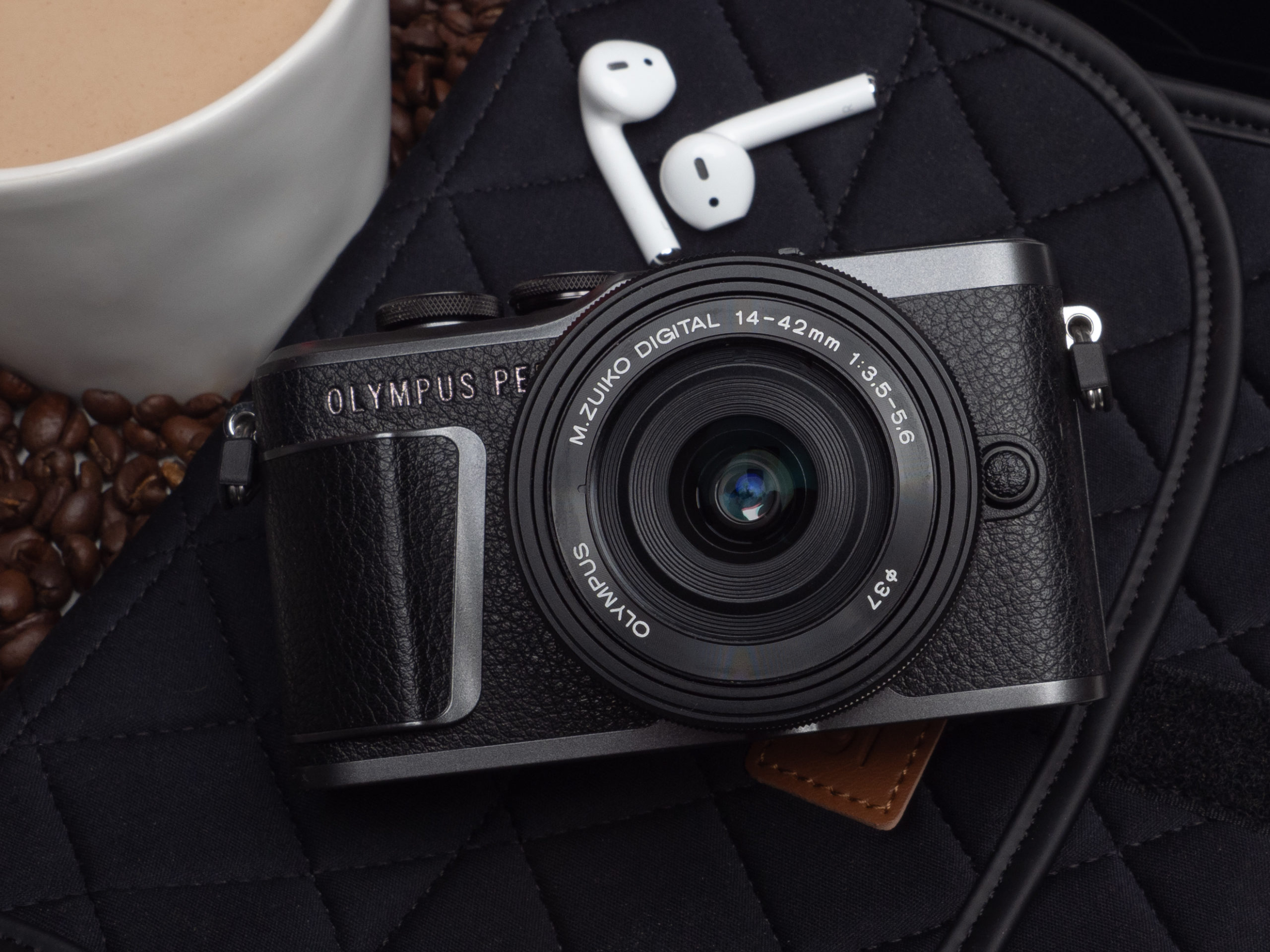Last Updated on 06/10/2020 by Mark Beckenbach
If you’re looking for cameras with IBIS and you don’t want to destroy your bank account, check out the camera bodes we’ve rounded up for you.
Cameras with IBIS aren’t new, but it’s only in the last few years or so that the technology has worked its way into more affordable camera bodies. The benefits of IBIS are quite excellent. Being able to attach any lens to cameras with IBIS and take advantage of stabilization is a game-changer, especially when it comes to shooting in low light. There are now cameras with IBIS that cost a lot less than you might think. In this roundup, we will take a quick look at seven cameras with IBIS that can be snapped up for around $1,000 or much less.
So, what is IBIS, and why should you care about it? In-body image stabilization is a technology that helps steady the sensor in the camera, and it will protect you from things like shaky hands and tremors. The tech really comes into its own when shooting at slower shutter speeds, and can mean the world of difference for those who like to indulge a little too much in all things caffeine. If you struggle with using proper form or are naturally jittery, IBIS can make a huge difference.
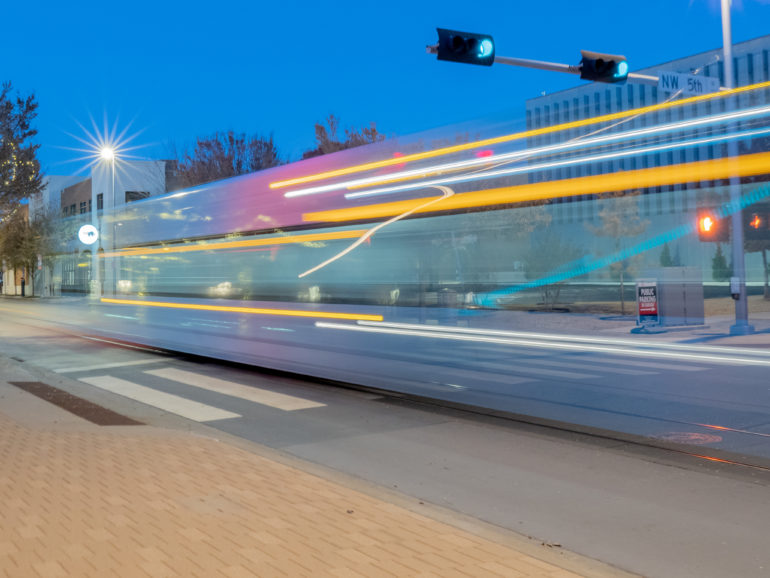
In general, cameras with IBIS add roughly five stops of light. This means you can slow your shutter speeds down a lot, and you will still be able to produce sharp images. Cameras like the Olympus OM-D EM1 II can be handheld for upwards of 15 seconds (with the right lens), which is mind-blowing. If you shoot video, you’ll also benefit from this feature a great deal: you will be able to record stable footage without the use of a gimbal. If you want your next camera to feature in-body image stabilization but don’t want to spend a fortune, check these seven cameras with IBIS that will set you free from tripods.
Table of Contents
Sony A7 MK II
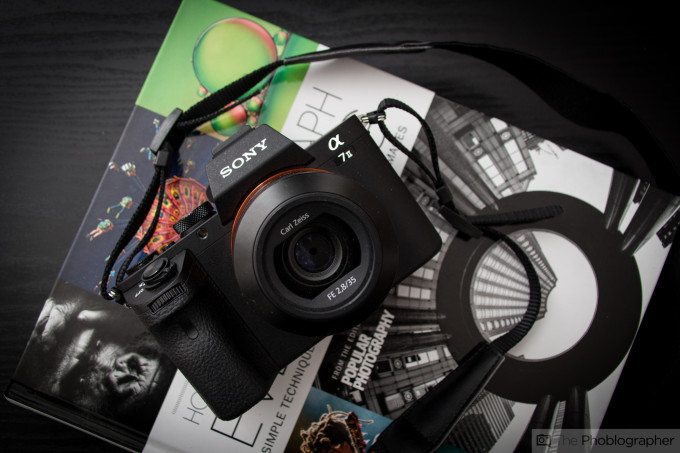
Here are the pros and cons from our full review:
Pros
- Image stabilization is pretty effective
- Improved grip, though there wasn’t much of a problem with the first
- Improved battery life performance with the same batteries that every other Sony mirrorless camera uses
- Better autofocusing than we’ve seen in previous versions in that it acquires a subject faster than before
Cons
- Slow startup time
- Not a whole host of differences from the A7
Buy now: $849 body only, $998 with lens.
Olympus Pen E-PL10
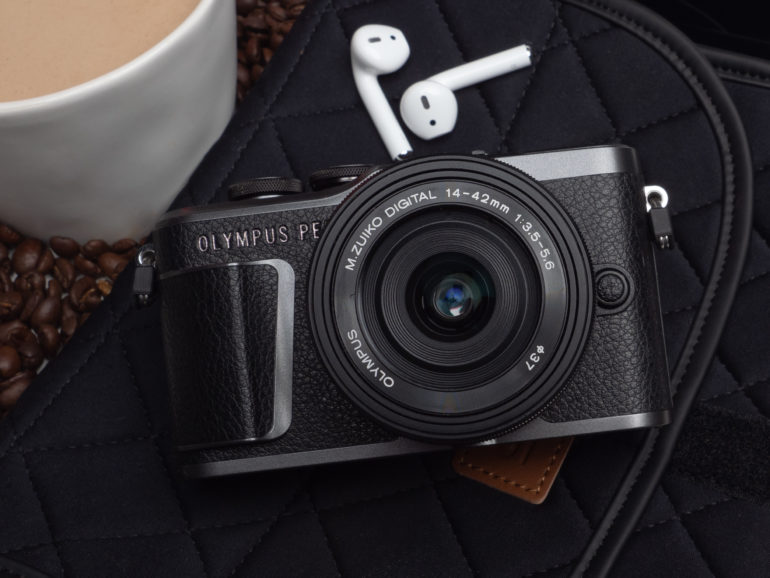
Here are the pros and cons from our full review:
Pros
- The E-PL10 is a fun camera to use, especially with smaller lenses
- The feature set is quite impressive and includes Olympus’s Live Comp and fun art filters
- 3-Axis Image Stabilization works really well
- The flip-down screen is great for those who love selfies
- A very good quality LCD – It’s better than the LCD on Sony’s a6100
- It’s small, light, compact, and it looks good. It can go anywhere with minimal fuss
- Pretty great battery life
- Image quality is great
- Good autofocus performance in good lighting conditions
- Good build quality overall
Cons
- The sensor is six years old
- Autofocus performance is hit and miss in low light (contrast only AF)
- In bright sun, the LCD can be tricky to see
- The buttons and controls are a little hard to use due to their small size
- Even with some helpful splash screens, the main meat of the menu system is cumbersome
- There’s no weather sealing
Buy now: $499
Fujifilm X-H1
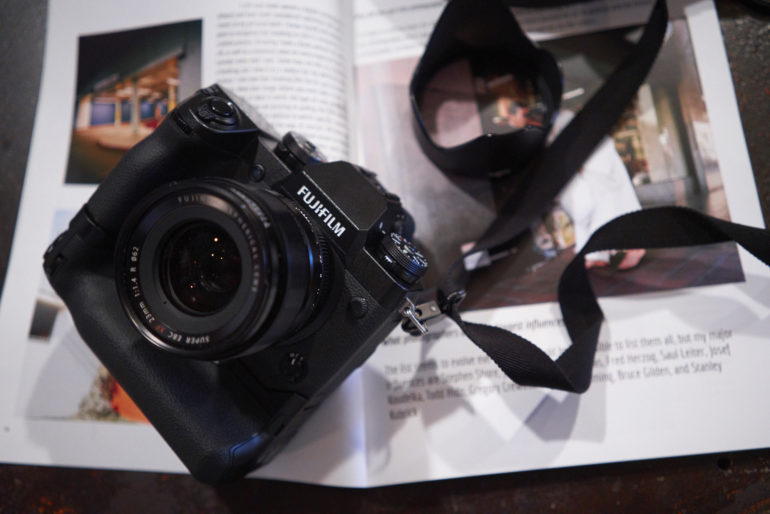
Here are the pros and cons from our full review:
Pros
- Great image quality
- The best autofocus of any APS-C camera on the market
- Film styles
- 4K 24p 200MB/second video is fantastic
- Weather sealing
- Pretty good battery life if you switch off all connectivity
- Easiest setup and connection to a mobile phone that I’ve experienced
- Top LCD screen is nice
- Dual card slots
- Versatile images
- Fantastic EVF
Cons
- Fujifilm Eterna is overrated
- Bluetooth on in the background can drain battery life on top of the IBIS
- The grip and the size overall make it difficult to reach the shutter dial and it’s very difficult or nearly impossible to reprogram the exposure functions due to how their lenses work
Buy now: $1,299
Rent for 7 days: $79
Olympus OMD EM5 Mark III
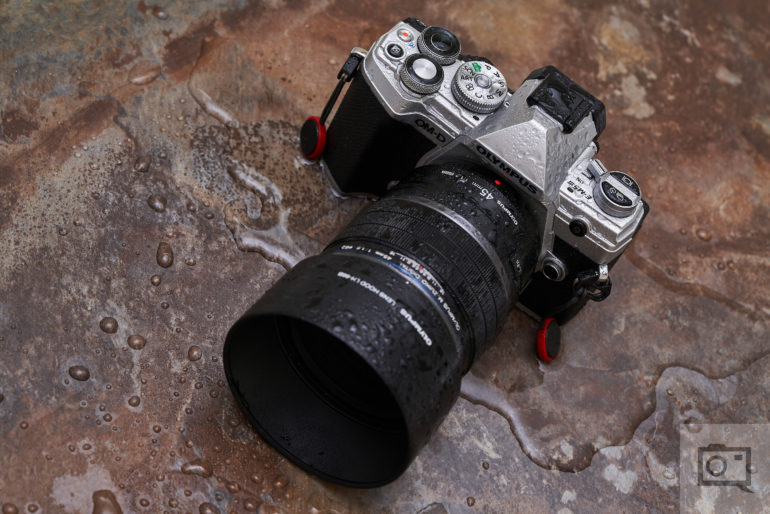
Here are the pros and cons from our full review:
Pros
- Beautiful retro styling
- Excellent image quality
- Robust weather sealing
- Reliable image stabilization
- Accurate autofocus
- Compact form factor
- Built-in Live Composite and 50 MP High Resolution shooting modes are highly effective
Cons
- Form factor can be too compact for some, particularly for photographers with larger hands or when mated with larger lenses
- Plasticky build quality
- Single UHS-II SD Card slot
- Lacks dedicated joystick
- Poor battery life
- Convoluted menu systems
- No major innovations after over four years
Buy now: $999
Rent for 7 days: $79
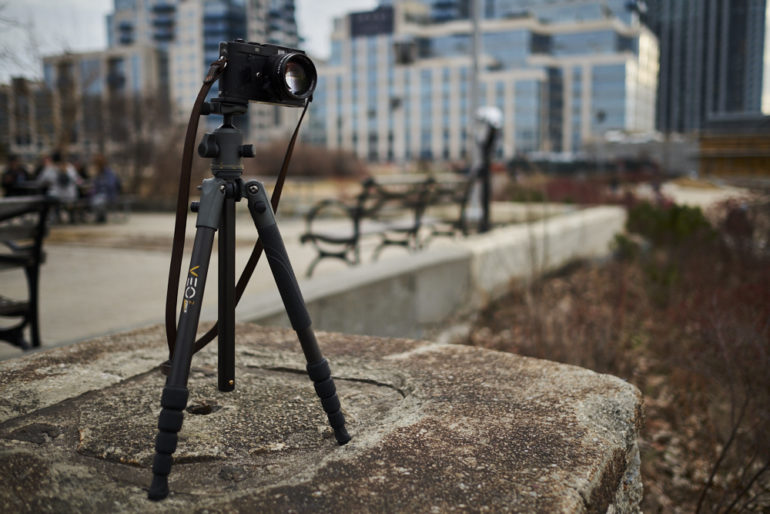
Pro Tip: As good as cameras with IBIS are, sometimes you still might find yourself in situations where you will need to use a trusty tripod. If you want to shoot really long exposures, IBIS won’t quite get you there, so we always tell photographers to not only rely on IBIS but that they should also own a tripod just in case. You don’t have to spend a fortune on one: one of our favorites is the Vanguard VEO 2, and it’s very affordable.
Pentax K-5
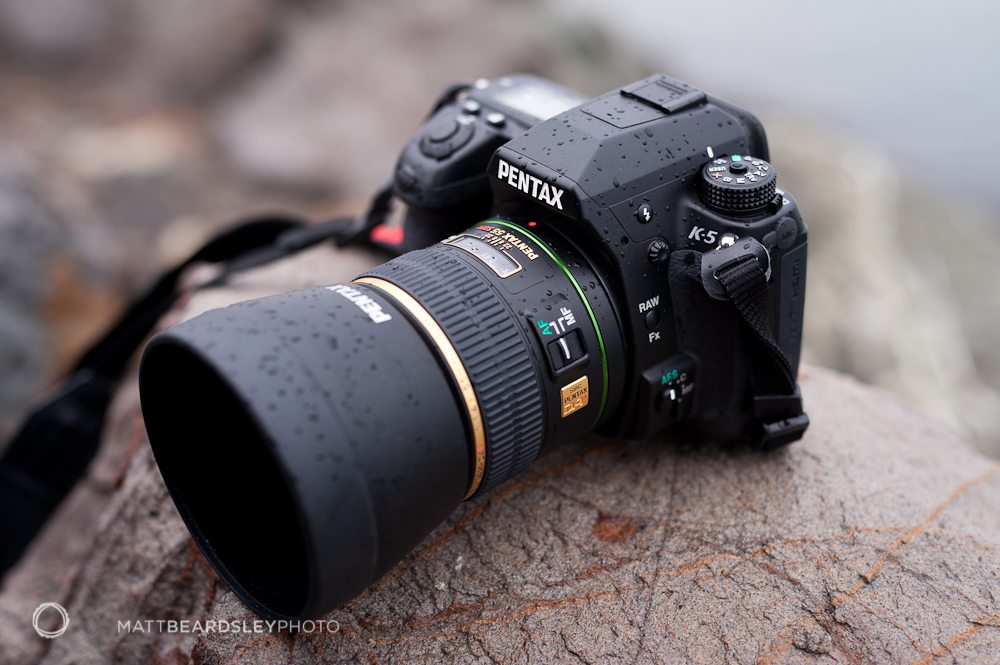
Here are the pros and cons from our full review:
Pros
- Quick and accurate AF
- Very good auto exposure
- Intuitive and flexible controls
- Good (and tested) weather sealing
- JPG processing is very flexible and useful and can be applied in-camera to captured RAW files
- Excellent battery life
- In-camera stabilization ads stabilization to all lenses without additional cost
- HD video recording
- Remarkably wide dynamic range
- Very clear shadow detail
- Well-managed and not un-attractive noise (more like film grain than digital distortion)
- Easy to use and attractive menus
- Flexible file output (DNG, PEF, RAW+JPG, and a range of JPG options)
- A pro-level feature set nicely combined with an intuitive, easy-to-learn, and compact camera
Cons
- Control for AF point selection is less intuitive than on competing cameras (frustratingly mixed with menu shortcut keys)
- The camera is slow to display previews after a photo is taken
- Compared to competing cameras, movie mode is basic (no AF during recording, limited exposure controls, etc.)
Buy now: $799
Olympus OMD E-M1 Mk II
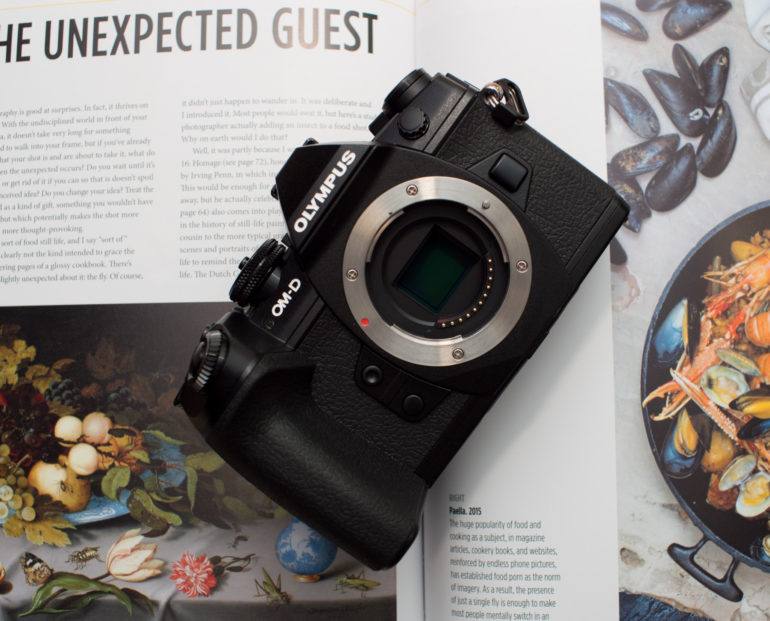
Here are the pros and cons from our full review:
Pros
- Good image quality though you start to see shadow noise at ISO 6400
- They’ve finally fixed that stupid problem where ISO 6400 was marked as an extension
- Weather sealing that is bananas good
- We handheld the camera and got a blur-free image at 15 seconds
- Comfortable to hold
Cons
- Menus got deeper
- Fast autofocus can sometimes miss moving subjects in low light
- Despite having some of the best ergonomics, they desperately need a dedicated ISO control dial
Buy now: $1,099.99
Rent for 7 days: $104
Sony a6600
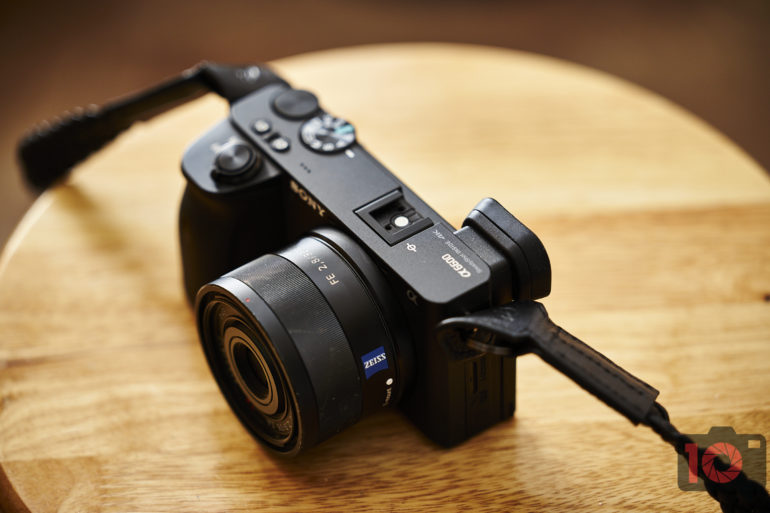
Here are the pros and cons from our full review:
Pros
- Feels better than all other APS-C Sony cameras
- It’s a mini a9
- The bigger battery is a very welcome addition
- Weather sealing is nice
- Image stabilization
- Lightweight and small-sized camera
- The quiet shutter in addition to the silent option
- A lot of buttons that help you get around some of the issues
- Fast-focusing even on the streets with continually changing light
- There is almost no reason to take it off of wide tracking and continuous autofocus
- Face detection for animals is very fun
- Low ISO detail retention in highlights and shadows is pretty good
Cons
- No lock on the mode dial
- Sony refuses to give us three direct control dials. Why?
- Sony refuses to put a joystick on the back
- No Dual Card Slots
- Face detection doesn’t seem as advanced as the a7 and a9 series
- Sony still limits a photographer from having full use of the touchscreen
- The screen is sort of low resolution compared to the full-frame cameras
- It needs a viewfinder that flips up
- Focus peaking on the APS C bodies used to be amazing, and now it’s crap
- Detail loss above ISO 3200. In fact, ISO 3200 and above is just not clean
- Why no USB C charging or port? Only Mini?
Buy now: $1,198
Rent for 7 days: $81


